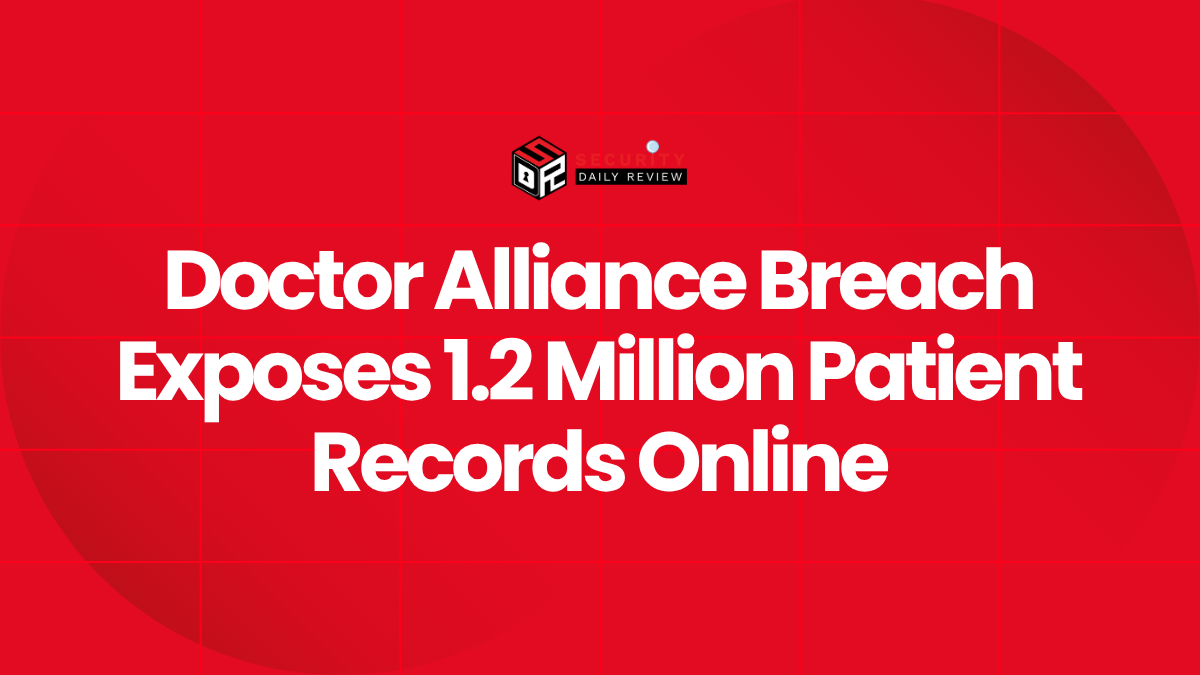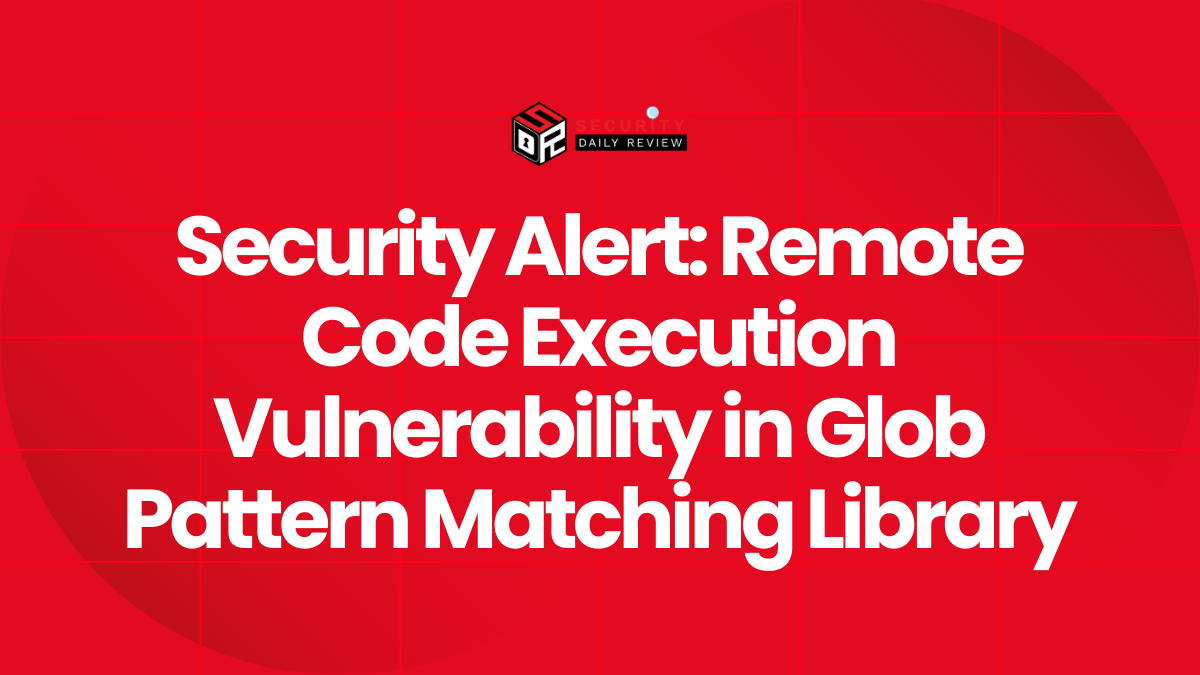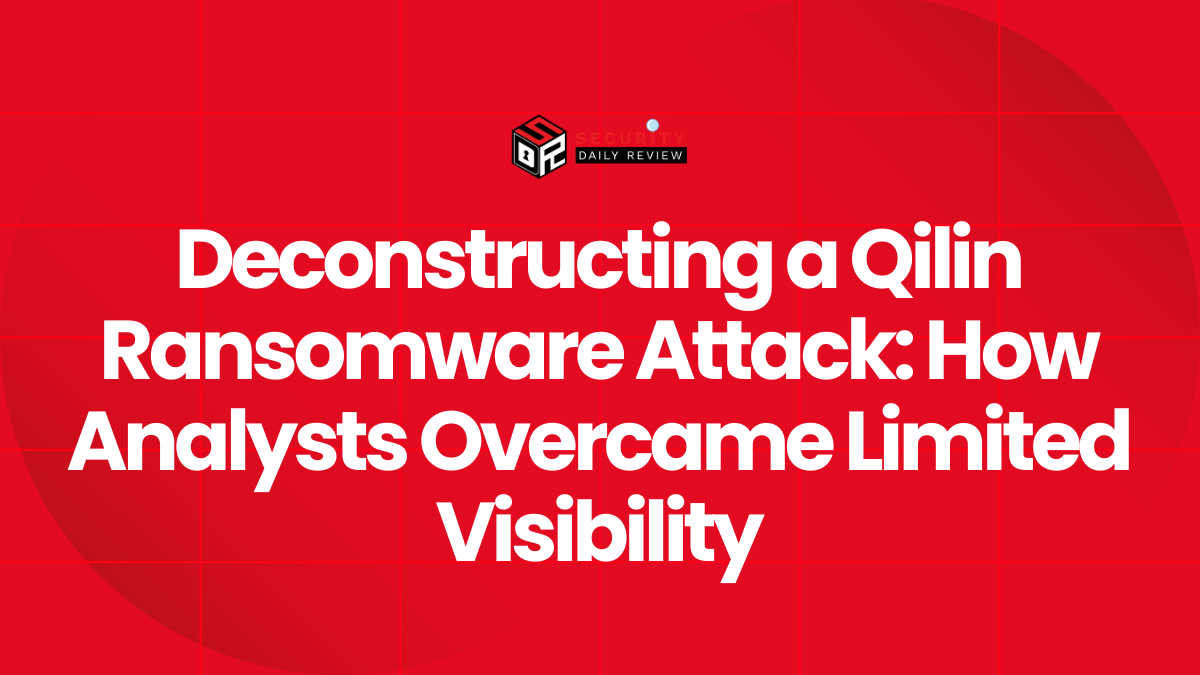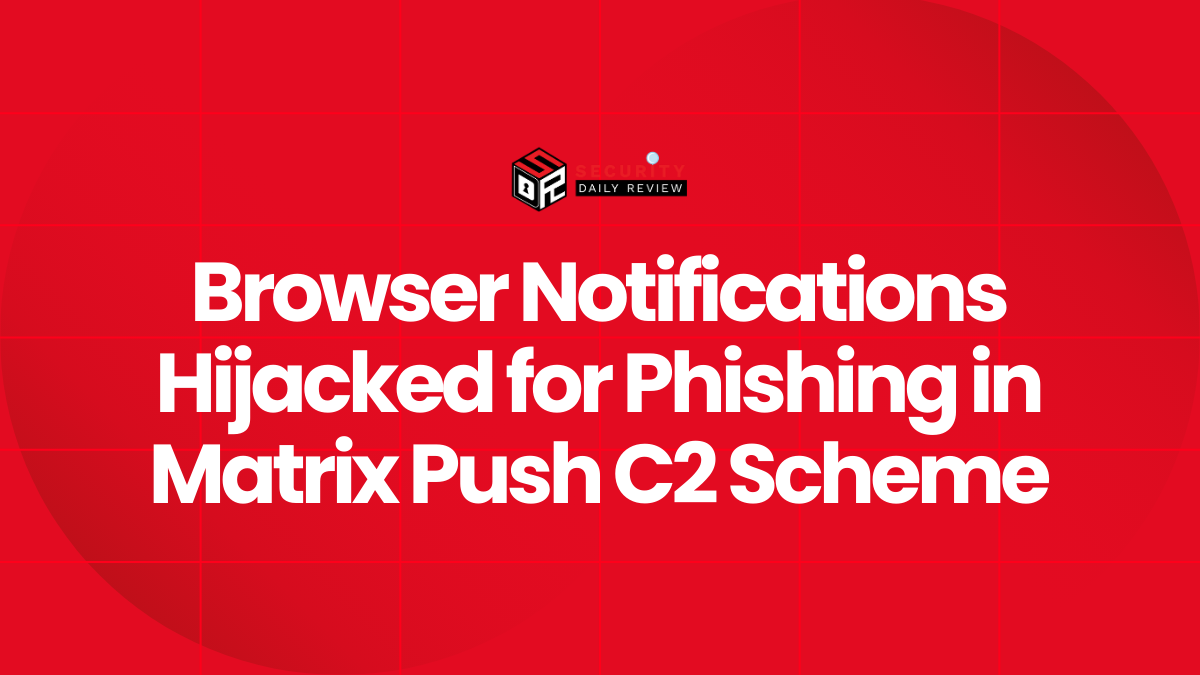A cyber‑criminal group claims to have exfiltrated more than 1.2 million records from the U.S. healthcare billing firm Doctor Alliance, including detailed patient data such as prescriptions, treatment plans and insurance‑claim numbers. The threat actor has reportedly posted a sample of the stolen data on a public leak forum and is demanding ransom in exchange for deletion of the full dataset.
How the Doctor Alliance Intrusion Unfolded and What Data was Stolen
According to the sample analysed by researchers, the data haul includes names, home addresses, phone numbers, health‑insurance claim numbers, diagnoses, check‑up summaries, prescriptions and hospital orders. The attacker’s announcement on the forum claims that the archive contains approximately 200 MB as proof, part of a much larger trove.
“This data leak poses a huge risk of identity theft and medical fraud for the patients involved, such as obtaining medical services or prescription drugs in the victim’s name.”
The company, which provides billing services to healthcare providers including Intrepid USA Healthcare and AccentCare among others, has yet to publicly confirm the incident.
Why This Breach Constitutes a High‑Risk Event for Patients and Providers
The exposure of medical records creates long‑term risks because, unlike passwords or credit‑card numbers, health‑care data cannot simply be reset. Attackers can leverage this information for medical identity theft, insurance fraud or blackmail — particularly harmful when the records contain extended treatment histories or provider names.
From an enterprise perspective, healthcare providers and their billing partners must now assume that their upstream or downstream systems might be compromised and that the impacts extend beyond immediate notice. Even well‑managed organisations can be vulnerable through dependencies.
Immediate Steps for Organisations and Affected Individuals
Providers and billing partners should immediately:
- Review audit logs for unusual bulk extract operations or external storage transfers.
- Suspend or block identifiable credentials associated with the incident.
- Notify affected individuals and regulators as required under applicable health‑data laws.
- Offer credit‑ and identity‑theft‑protection services wherever required and document all remediation measures.
Patients whose data may have been exposed should:
- Monitor any new or unusual medical claims made in their name.
- Check health‑insurance statements for unfamiliar activity.
- Place fraud alerts with credit‑reporting agencies.
- Consider enrolling in identity‑protection services where offered.
Strategic Takeaways for Healthcare Cyber‑Defenders and Executives
This breach underscores the growing importance of securing business‑associate and billing‑vendor ecosystems in the healthcare sector. Key lessons include:
- Supply‑chain exposure can extend deep into billing and data‑processing systems that handle extensive patient information.
- Medical‑data risks are especially pernicious because the information is highly persistent and inherently sensitive.
- Organisations should treat the suspicion of compromise as de facto confirmed from a protection‑and‑response perspective — even before formal investigations conclude.









